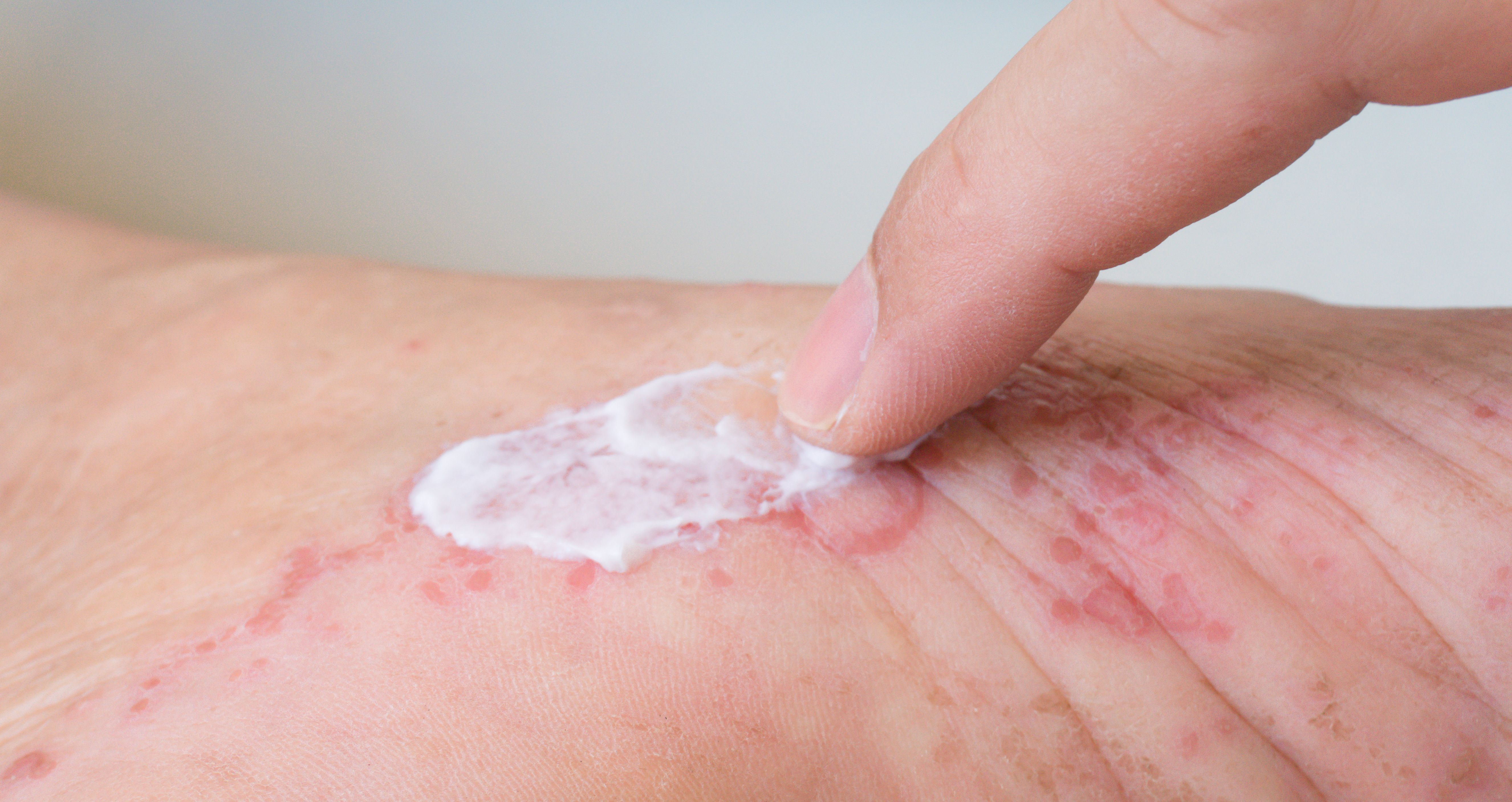Article
Photoacoustic Microscopy Produces Clearer Picture of Tumor in the Operating Room
Author(s):
Imaging technology highlights cancerous features of a breast tumor.
Photoacoustic microscopy (PAM) could cut down on surgeries for breast cancer patients by providing surgeons with the ability to determine whether a tumor has been completely removed from the patient while still in the operating room.
There are an estimated 300,000 new cases of invasive breast cancer diagnosed each year. Of these, 60% to 75% of patients underwent lumpectomies.
Once the extracted tissue is sent to the lab, a patient will wait a week or two before receiving their results. Unfortunately, 20% to 60% of patients must undergo a second surgery to have more tissue removed to achieve clear margins.
Currently, there are no intraoperative tools that can microscopically analyze the entire lumpectomy specimen.
In a study published in Science Advances, investigators sought to do away with this waiting period.
“With 3D photoacoustic microscopy, we could analyze the tumor right in the operating room, and know immediately whether more tissue needs to be removed,” said investigator Lihong Wang.
PAM uses a low-energy laser to excite a tissue sample, causing the tissue to vibrate. The system then measures the ultrasonic waves emitted from the vibrating tissue, revealing the size of the nuclei and the packing density of cells.
Cancerous tissues tend to have larger nuclei and are more densely packed cells. PAM produces images capable of highlighting cancerous features, without requiring slicing or staining like in the lab.
In a proof-of-concept scan, PAM analyzed a sample in approximately 3 hours compared with traditional microscopy that takes approximately 7 hours.
Wang noted that the analysis time of PAM could be cut down to 10 minutes or less by adding faster laser pulse repetition and parallel imaging. This would make the technology useful for clinical applications.
“Because the device never directly touches a patient, there will be fewer regulatory hurdles to overcome before gaining FDA approval for use by surgeons,” Wang said. “Potentially, we could make this tool available to surgeons within several years.”






